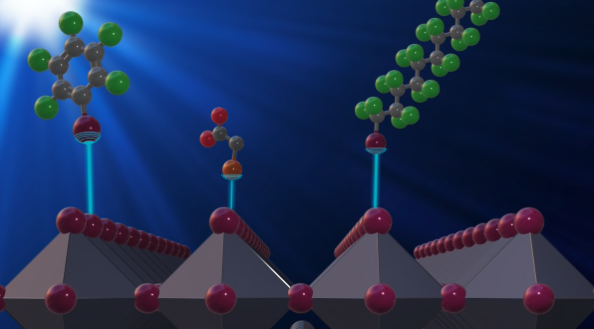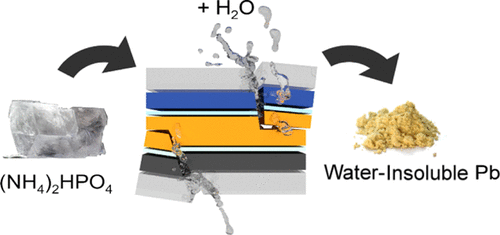
Supramolecular chemistry and the intermolecular interaction involving halogen atoms in organic molecules can help improve the performance of perovskite-based solar cells. Thus enabling them to achieve high levels of efficiency and increased stability. This is the conclusion of researchers at the Politecnico di Milano who has published in the prestigious Angewandte Chemie International Edition.
Organic-inorganic hybrid perovskites – ionic compounds consisting of small organic cations and metal halides – have been known since the 19th century, but they have only recently been used in optoelectronics to construct lasers diodes, photodetectors, and solar cells. In particular, the first perovskite-based photovoltaic cell was produced in 2009. Since then, there has been intensive research into achieving an efficiency of more than 25 percent, which would surpass even the silicon that currently dominates the photovoltaic market.
Energy losses
The low cost and excellent perovskites’ performance make them very attractive for photovoltaic applications. However, there are still several problems that prevent these materials from entering the market. First of all, there is their low stability in air and humidity. In addition, the presence of defects, i.e., imperfections in the crystal lattice, can generate ‘trap states’ that interfere with the movement of charge carriers (electrons and holes) generated by the light within the material, trapping them and causing electrical energy losses. Generally, these trap states are unbound halide ions that can move under the effect of an electric field and recombine with holes.

The study conducted at the Politecnico showed that using additives capable of forming halogen bonds with the halide ions present in perovskites provides significant advantages for developing solar cells with better crystallinity and more excellent stability. Halogen bonding enables fluorinated molecules to be introduced, which passivate the surface halides to produce hydrophobic and water-repellent perovskites. In this way, trap states are blocked, and efficiency is increased.
Halogen bonding
In addition, the surface modification of perovskite with bifunctional molecules capable of forming halogen bonds enables better integration of the perovskite within the solar cell, facilitating the generation of electrical current.
From the data reported, it appears that halogen bonding has considerable potential for the development of a new generation of solar cells based on perovskites. However, a better atomic/molecular understanding of these materials is needed to exploit halogen bonding advantages fully.
Selected for you!
Innovation Origins is the European platform for innovation news. In addition to the many reports from our own editors in 15 European countries, we select the most important press releases from reliable sources. This way you can stay up to date on what is happening in the world of innovation. Are you or do you know an organization that should not be missing from our list of selected sources? Then report to our editorial team.
